10 Best Vegetable Seasonings That Will Make Your Veggies Taste Like Magic!
Introduction: Why Vegetable Seasoning Matters
You’ve probably heard the phrase, "Eat your veggies!" But let’s be honest — some vegetables can taste like a walk through a cardboard factory if not seasoned right. Enter: the magical world of vegetable seasonings! Whether you're roasting, grilling, or sautéing, the right spice blend can transform your side dish into the main event.
In this article, we’re diving deep into the 10 best vegetable seasonings that will turn your average zucchini into a star player and make Brussels sprouts your new BFF. We’ll cover everything from classic blends to exotic mixes, with pro tips and a handy comparison table at the end.
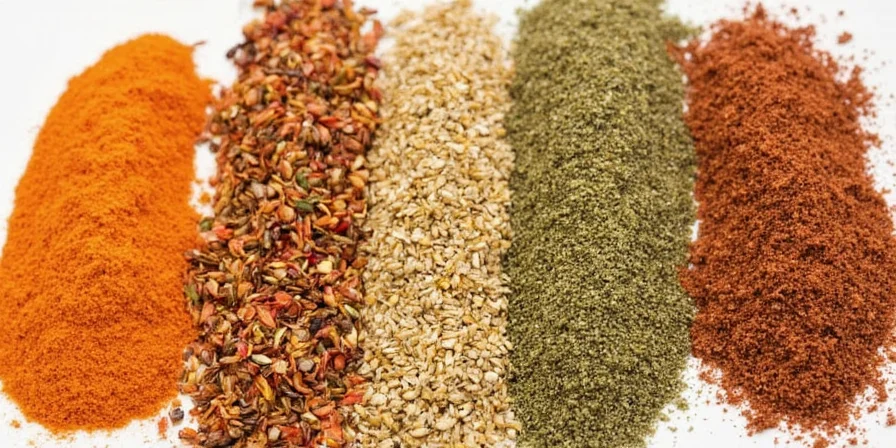
Why Use Seasoning on Vegetables?
Think of seasoning as the secret sauce (well, technically dry) that makes your veggies sing. Here's why it matters:
- Enhances natural flavors: Many vegetables have subtle tastes that need a little coaxing.
- Adds depth and complexity: Salt might be basic, but pairing it with garlic or smoked paprika? Total game-changer.
- Encourages healthy eating: If food tastes good, you’ll eat more of it — even if it’s broccoli.
Best Vegetable Seasonings: The Top 10 Showdown
| Seasoning | Main Ingredients | Best For | Taste Profile | Pro Tip |
|---|---|---|---|---|
| Italian Herb Blend | Oregano, basil, thyme, rosemary | Tomatoes, zucchini, eggplant | Earthy, aromatic, slightly sweet | Use on roasted tomatoes for instant Caprese magic |
| Smoked Paprika & Garlic | Smoked paprika, garlic powder, salt | Roasted potatoes, cauliflower, carrots | Savory, smoky, a bit spicy | Perfect for adding “grilled” flavor indoors |
| Lemon Pepper | Black pepper, dried lemon zest | Green beans, broccoli, corn | Zesty, tangy, peppery kick | Grate fresh lemon over top after cooking for extra zing |
| Cajun Spice Mix | Paprika, cayenne, garlic, onion powder | Okra, bell peppers, squash | Spicy, bold, full-bodied | Great for adding heat without drowning in oil |
| Curry Powder | Turmeric, cumin, coriander, ginger | Brussels sprouts, sweet potatoes, chickpeas | Warming, earthy, slightly bitter | Try mixing with coconut milk for an instant veggie curry |
| Ranch Seasoning | Dill, parsley, garlic, onion powder | Cucumbers, green beans, baby carrots | Creamy, savory, herby | Mix with Greek yogurt for a quick dip dressing |
| Everything Bagel Seasoning | Sesame seeds, poppy seeds, garlic, onion, salt | Corn, mushrooms, roasted onions | Nutty, salty, umami-rich | Toast veggies until crispy for the ultimate texture contrast |
| Herbes de Provence | Lavender, thyme, rosemary, savory | Eggplant, summer squash, artichokes | Floral, herbal, rustic | Don’t skip the lavender — it adds a unique Mediterranean flair |
| Chili Lime | Chili powder, lime zest, salt | Grilled corn, avocado, jicama | Spicy, sour, tropical vibe | Add a squeeze of fresh lime post-roast for brightness |
| Cumin & Coriander | Cumin, coriander seeds, a pinch of salt | Carrots, parsnips, cabbage | Toasty, nutty, warm | Dry roast the seeds first for deeper flavor |
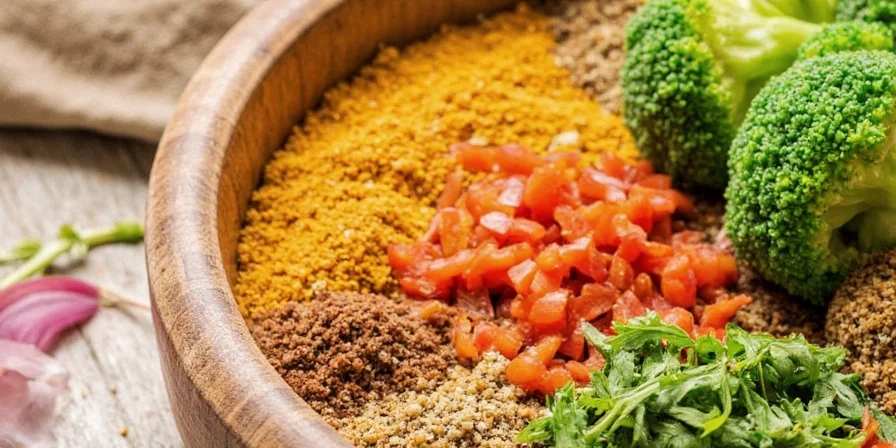
How to Apply Vegetable Seasoning Like a Pro
So you’ve got the best spice blends in town — now what? Timing and technique are key. Here’s how to maximize flavor without overdoing it:
- Pre-Roast Rub: Toss veggies in olive oil and seasoning before roasting. This ensures the spices stick and toast evenly.
- Mid-Cook Sprinkle: For longer-cooking dishes, add delicate herbs like basil or dill halfway through so they don’t burn.
- Post-Bake Boost: Finish with flaky sea salt or citrus zest for a burst of flavor after cooking.
- Oil Infusion: Sauté spices in oil first (like garlic or chili flakes), then coat your veggies for deeper flavor penetration.
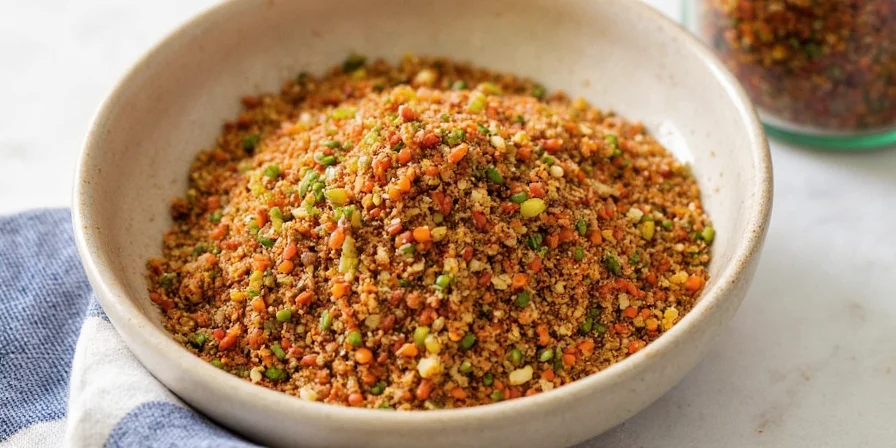
DIY Vegetable Seasoning Blends You Can Make at Home
Want to get fancy? Making your own vegetable seasoning blends is super easy, cost-effective, and lets you customize to your taste buds’ heart’s desire. Here are three beginner-friendly recipes:
1. Simple Smoky Veggie Mix
- 2 tbsp smoked paprika
- 1 tbsp garlic powder
- 1 tsp onion powder
- 1 tsp black pepper
- 1 tsp sea salt
2. Zesty Lemon Dill
- 2 tbsp dried dill
- 1 tbsp lemon zest (dried preferred)
- 1 tsp lemon pepper
- 1 tsp garlic powder
- 1 tsp salt
3. Global Fusion Curry
- 2 tbsp ground turmeric
- 1.5 tbsp ground cumin
- 1 tbsp coriander powder
- ½ tsp ginger powder
- ¼ tsp cayenne pepper (optional)

Common Mistakes to Avoid When Seasoning Veggies
Even seasoned cooks can fall into seasoning traps. Don’t sabotage your veggie masterpiece with these common blunders:
- Too much salt too soon: Add half the salt upfront and finish with more after tasting.
- Not using enough fat: Oil helps carry flavor — use just enough to coat the veggies.
- Using old spices: Spices lose potency over time. Fresh is always better!
- Overloading with multiple strong spices: Balance is key. Let one or two stars shine.
- Seasoning raw without oil: Spices won’t stick without a binder like oil or acid (vinegar or citrus juice).
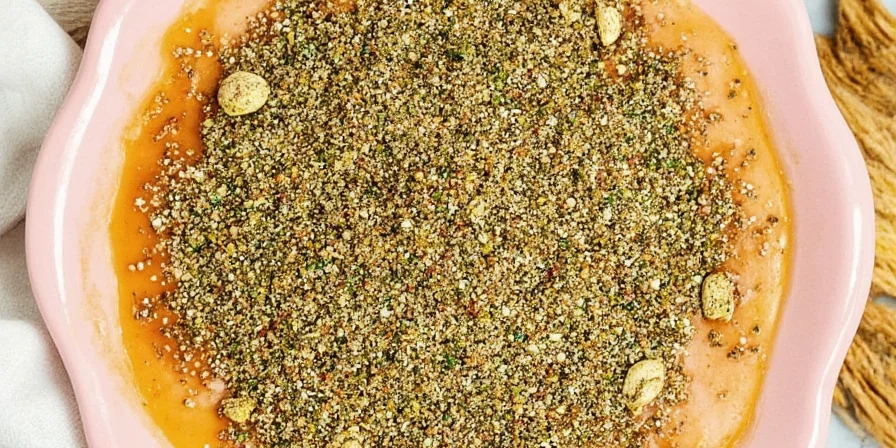
Final Thoughts: Find Your Veggie Voice
There’s no one-size-fits-all seasoning — but there is one that fits YOUR taste. Play around, keep notes, and find your signature blend. The more you experiment, the more confident you’ll become. And remember, the goal isn't perfection — it's deliciousness!
Summary: Quick Reference Guide
- Use oils to help spices stick
- Apply delicate herbs toward the end
- Finish with salt or citrus zest
- Avoid overly strong spice combos
- Make your own blends for customization and freshness

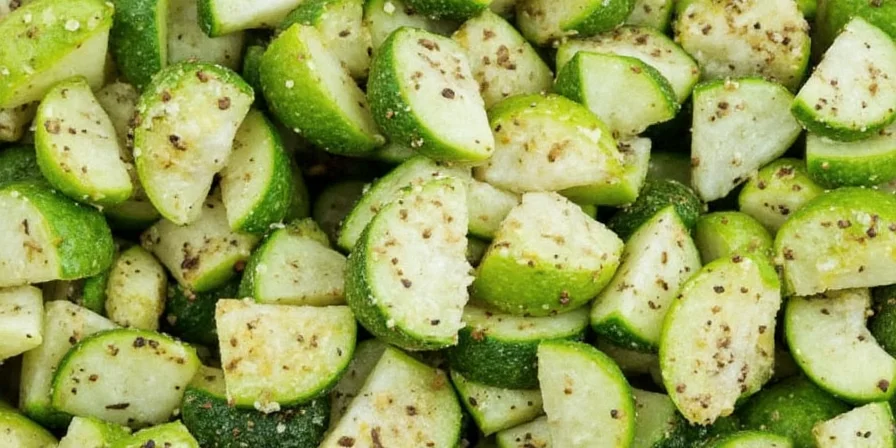









 浙公网安备
33010002000092号
浙公网安备
33010002000092号 浙B2-20120091-4
浙B2-20120091-4